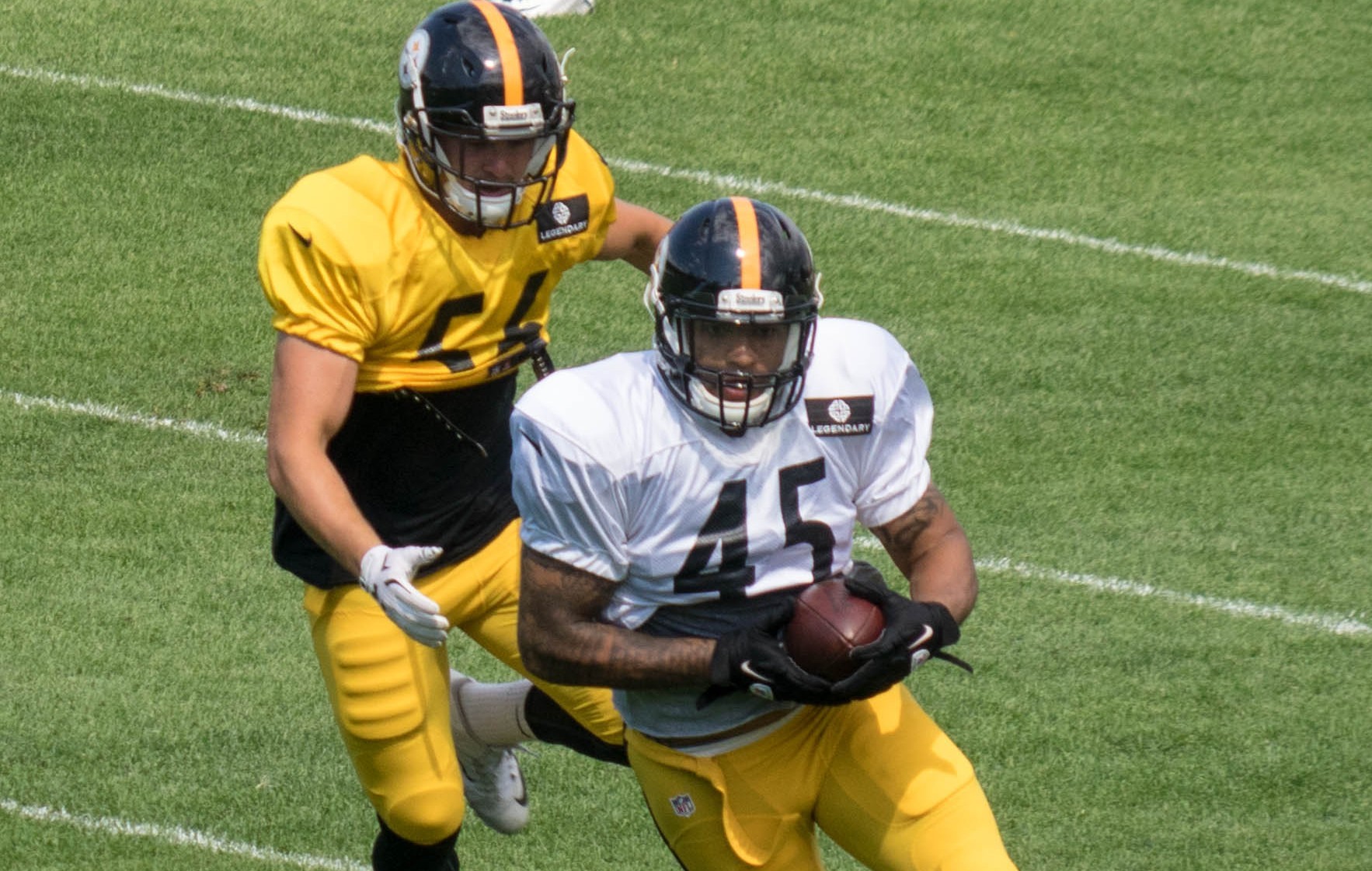It has seemingly already become somewhat forgotten news—and to be perfectly fair, it was a minor tweak of the bottom of the roster, though it did seem to cautious a fair bit of an uproar—but the Pittsburgh Steelers swapped out one key piece of their special teams unit this past week for another.
I am referring to the team’s decision to release third-year inside linebacker L.J. Fort, whom they quickly signed to the practice squad after clearing waivers, and replacing him with sixth-year inside linebacker Steven Johnson, who had ultimately beaten Fort for a helmet by the midpoint of last season.
For the second year in a row, Johnson saw himself released prior to opening day, though in this instance the circumstances were difference. As a player with veteran status, he is not subject to waivers until after the trade deadline, making him a less risky piece to move. So they released him last year in order to have Bud Dupree on the initial 53-man roster, thereby making him eligible to return from the injured reserve list.
This season, on the surface, it seems as though the Steelers’ decision was based partly on the fact that Johnson’s not being on the initial 53-man roster would prevent his full season pay from becoming guaranteed. A player with fewer than four seasons of accrued experience, unless he has explicit guarantees in his contract, will only be paid for the games for which he is on the roster.
With Johnson missing the first game of the season—he was literally cut the day before the game, and re-signed two days after it—he now becomes a more fungible piece during the regular season should they have other moves to make.
But the team also could have simply felt that Johnson, who suffered an injury during the preseason, was not yet up to the level of performance that would allow him to contribute in the fashion that Fort was able to, and that if he had, perhaps they would have just stuck with him in the first place.
But now he is back, presumably for the foreseeable future, and it will be fun to monitor his contributions on special teams, which should consist of all coverage and return units. He is one of the primary players that I have in mind when I talk about contributions that bear no statistics.
It’s something that I wrote about on multiple occasions last season, even going back to the preseason. He not only recorded a tackle on special teams in his first game action of the regular season, he ended up leading the team in special teams tackles by the time he suffered a season-ending injury despite not dressing for the first three games.
Of course he does more than tackle on special teams, and that is something I’m going to keep track of on a weekly basis. But there’s a strong possibility he could also see playing time in the goal line package should the situation arise.





